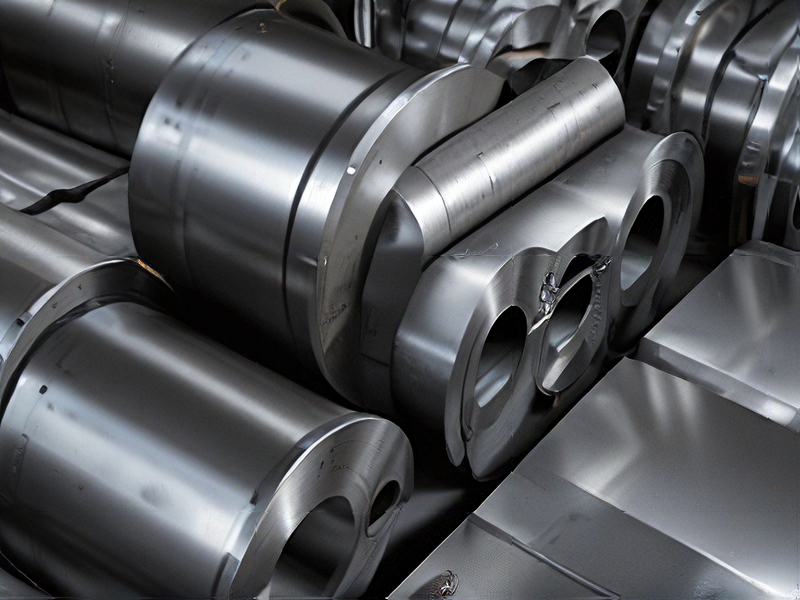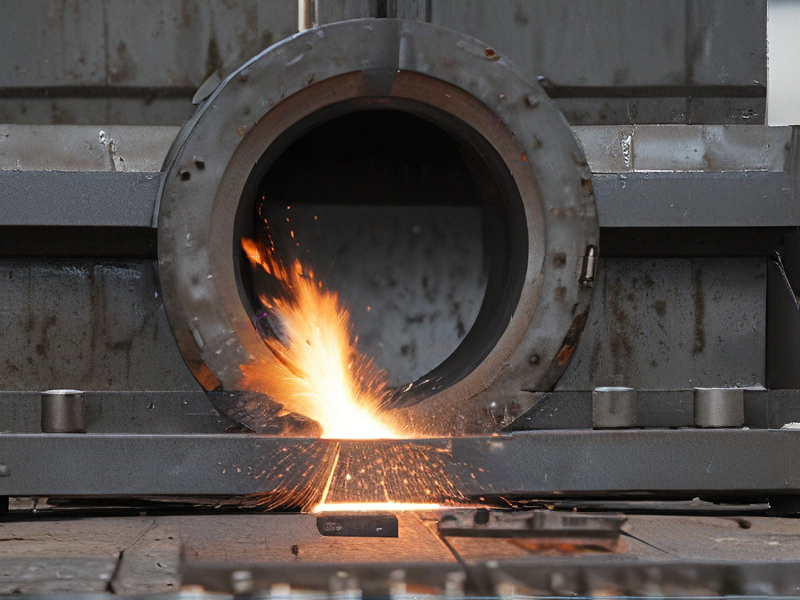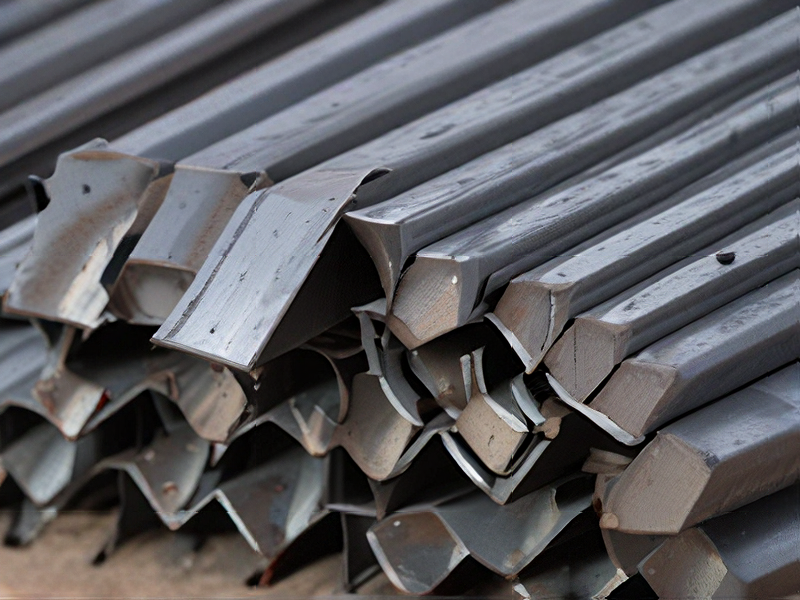Technology and Applications of steel 1018
Steel 1018, also known as low-carbon steel, is a popular grade due to its excellent weldability, machinability, and relatively low cost. It contains about 0.18% carbon and 0.6-0.9% manganese, making it suitable for a wide range of applications.
In manufacturing, Steel 1018 is widely used for machining parts because of its ease in forming, drilling, and tapping operations. It is utilized in bolts, studs, gears, shafts, and a variety of machine parts where strength and durability are necessary but high carbon content is not required.
Structural applications benefit from Steel 1018 due to its good strength-to-weight ratio and ductility. It can be found in construction elements like beams, channels, and angles for its ability to withstand moderate loads and stresses.
Automotive and transportation industries favor Steel 1018 for its balance of strength and formability, making it suitable for components like axles, shafts, and vehicle frames. Its weldability ensures ease of assembly and repair in these applications.
In summary, Steel 1018’s versatility makes it a cornerstone in manufacturing, construction, automotive, and various industrial sectors where a combination of strength, machinability, and cost-effectiveness is required. Its composition and properties enable a wide array of applications, contributing significantly to modern infrastructure and machinery.

Quality Testing Methods for steel 1018 and how to control quality
To ensure the quality of steel 1018, several testing methods are employed:
1. Chemical Composition Analysis: Determines the percentage of key elements like carbon, manganese, phosphorus, and sulfur using techniques such as spectrometry and combustion analysis.
2. Mechanical Testing: Includes tests like tensile strength, yield strength, elongation, and hardness testing (Rockwell or Brinell). These tests assess the mechanical properties crucial for structural integrity and performance.
3. Microstructure Examination: Involves metallography to inspect the grain size, distribution, and phases present in the steel. This helps ensure uniformity and desired properties.
4. Non-Destructive Testing (NDT): Techniques such as ultrasonic testing and magnetic particle inspection detect internal defects without damaging the material, ensuring structural reliability.
5. Dimensional Inspection: Verifies dimensional accuracy and adherence to specified tolerances through measurements and gauging.
To control quality effectively:
1. Establish Standards: Define clear quality standards and specifications based on industry requirements and customer needs.
2. Process Control: Implement rigorous process controls at each stage of manufacturing to maintain consistency and prevent deviations.
3. Training and Certification: Train personnel in testing techniques and ensure certifications for operators performing critical inspections.
4. Quality Assurance Checks: Conduct regular audits and quality checks throughout production to identify and rectify issues promptly.
5. Traceability and Documentation: Maintain comprehensive records of testing results, production parameters, and material traceability to ensure accountability and facilitate continuous improvement.
By integrating these testing methods and quality control measures, manufacturers can ensure that steel 1018 meets required standards for strength, durability, and reliability in various applications.

Tips for Procurement and Considerations when Purchasing from steel 1018
When purchasing steel grade 1018 for procurement purposes, several key considerations can ensure a successful acquisition:
1. Specifications and Standards: Verify that the steel meets the required specifications and standards for your application. ASTM A108 is the standard specification for steel bar, carbon, and alloy, suitable for various industrial applications.
2. Quality and Certification: Ensure the supplier provides certification that the steel meets required quality standards. This includes chemical composition, mechanical properties, and dimensional tolerances.
3. Supplier Reputation and Reliability: Choose suppliers with a proven track record for reliability, quality, and timely delivery. Look for certifications like ISO 9001 that demonstrate adherence to quality management standards.
4. Price and Cost Factors: Compare prices from different suppliers, but consider factors beyond initial cost, such as delivery lead times, minimum order quantities, and payment terms.
5. Material Traceability: Ensure the supplier can provide traceability of the material back to its source. This is crucial for quality control and compliance with regulatory requirements.
6. Handling and Storage: Discuss with the supplier the handling and storage requirements to prevent contamination or damage to the material before use.
7. Technical Support and Expertise: Opt for suppliers who offer technical support and expertise, especially if you require assistance in selecting the right material or have specific technical questions.
8. Environmental and Sustainability Practices: Consider suppliers that adhere to sustainable practices and have environmental certifications if your organization prioritizes environmental responsibility.
By considering these factors, you can streamline the procurement process and ensure that the steel grade 1018 you purchase meets your quality, budget, and operational requirements effectively.

FAQs on Sourcing and Manufacturing from steel 1018 in China
FAQs on Sourcing and Manufacturing from Steel 1018 in China
1. What is Steel 1018?
– Steel 1018 is a low-carbon steel with good weldability and machinability, making it ideal for a variety of industrial applications.
2. Why source Steel 1018 from China?
– China offers competitive pricing, a wide range of suppliers, and advanced manufacturing capabilities, making it a cost-effective option for sourcing steel.
3. How do I find reliable suppliers in China?
– Use platforms like Alibaba, Global Sources, and Made-in-China. Verify suppliers through third-party inspections, request samples, and check certifications like ISO 9001.
4. What are the common applications of Steel 1018?
– Steel 1018 is used in parts requiring cold forming, such as shafts, spindles, pins, rods, and assemblies where welding and moderate tensile strength are necessary.
5. What should I consider when sourcing Steel 1018 from China?
– Consider factors like supplier reliability, quality control, compliance with standards, production capacity, lead times, and logistics.
6. How can I ensure the quality of Steel 1018?
– Implement quality control measures, conduct regular audits, and request mill test certificates (MTC) that verify the chemical and mechanical properties of the steel.
7. What is the typical lead time for Steel 1018 from China?
– Lead times vary but typically range from 30 to 60 days, depending on the order size, manufacturing complexity, and shipping method.
8. Are there any specific import regulations for Steel 1018?
– Check your country’s import regulations for steel, which may include tariffs, anti-dumping duties, and specific certification requirements.
9. What are the standard sizes and forms of Steel 1018 available?
– Steel 1018 is available in various forms, including bars, rods, sheets, and tubes, with standard sizes adhering to ASTM A108 specifications.
10. How does the cost of Steel 1018 compare internationally?
– While China generally offers lower costs due to economies of scale and lower labor costs, it’s crucial to factor in shipping, tariffs, and potential quality control issues.
By understanding these key aspects, businesses can effectively navigate the process of sourcing and manufacturing Steel 1018 from China.

